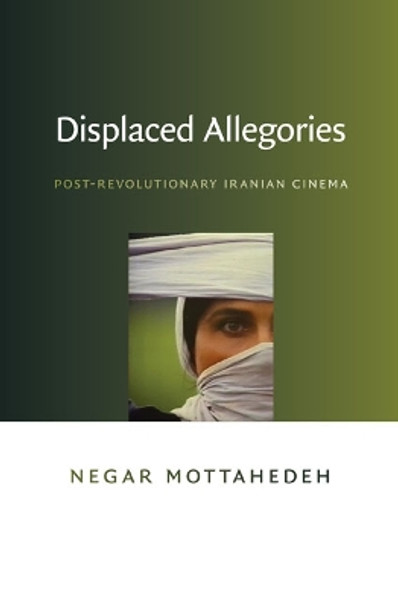Description
Mottahedeh asserts that, in response to the prohibitions against the desiring look, a new narrative cinema emerged as the displaced allegory of the constraints on the post-Revolutionary Iranian film industry. Allegorical commentary was not developed in the explicit content of cinematic narratives but through formal innovations. Offering close readings of the work of the nationally popular and internationally renowned Iranian auteurs Bahram Bayza'i, Abbas Kiarostami, and Mohsen Makhmalbaf, Mottahedeh illuminates the formal codes and conventions of post-Revolutionary Iranian films. She insists that such analyses of cinema's visual codes and conventions are crucial to the study of international film. As Mottahedeh points out, the discipline of film studies has traditionally seen film as a medium that communicates globally because of its dependence on a (Hollywood) visual language assumed to be universal and legible across national boundaries. Displaced Allegories demonstrates that visual language is not necessarily universal; it is sometimes deeply informed by national culture and politics.
An analysis of post-revolutionary Iranian cinema in relation to gender and nation.
About the Author
Negar Mottahedeh is Assistant Professor of Literature and Women's Studies at Duke University.
Reviews
"Displaced Allegories is a compelling and provocative book. With a remarkable talent for closely reading and analyzing films, Negar Mottahedeh examines some of the most important films produced in post-Revolutionary Iran. She offers a multilayered analysis of the tension between continuity and change, transgression and submission, and compliance and resistance inherent in the films."-Farzaneh Milani, author of Veils and Words: The Emerging Voices of Iranian Women Writers
"Displaced Allegories is an extremely timely book. Negar Mottahedeh treats the issues of nation-building and the veiling of women together, demonstrating the various ways they are co-implicated in Iranian films. Questions of feminine sexuality and desire are shown to have a national-political purchase in Mottahedeh's analysis. This not only produces more complex interpretations of the films than a focus on just one issue or the other would have allowed; it also 'updates' the still important but by now slightly tired feminist concerns that have motivated a significant strand of film theory since the mid-1970s."-Joan Copjec, author of Imagine There's No Woman: Ethics and Sublimation
"Finally, a book about post-Revolutionary Iranian cinema that is not another general or political history of that cinema but an innovative, sustained, and rigorous analysis of it using film theory. Displaced Allegories is a highly original work."-Hamid Naficy, author of An Accented Cinema: Exilic and Diasporic Filmmaking
Book Information
ISBN 9780822342755
Author Negar Mottahedeh
Format Paperback
Page Count 216
Imprint Duke University Press
Publisher Duke University Press
Weight(grams) 345g
Details
Subtitle: |
Post-Revolutionary Iranian Cinema |
Imprint: |
Duke University Press |










